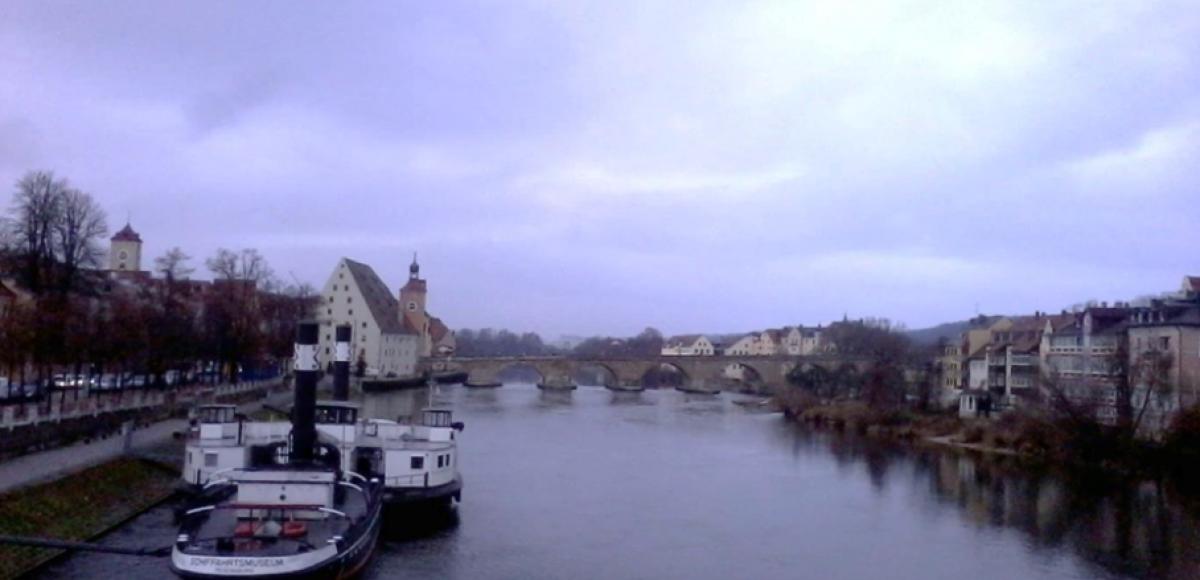
Climate Change in the Upper Danube Basin
Impact of climate change scenarios from different generations of climate models on runoff in the Upper Danube.
The Danube basin upstream of Vienna covers 100,000 km². Due to the importance of snowmelt in the alpine part of the basin, increasing temperature leads to changes in the seasonal runoff distribution. Changing rainfall patterns and increasing evapotranspiration in a in a warming climate can lead to a decrease in annual runoff. These changes have important long-term implications e.g. on hydropower generation and navigation on the Danube River.

To analyse these effects AFRY Austria applied a hydrological model, which is driven by data of different Regional Climate Models (RCMs). In two subsequent projects, data of two climate model generation were applied. In 2011, data of 21 simulations from the ENSEMBLES initiative under the SRES A1B emission scenario were used. In 2017, data of 32 simulations from the CORDEX initiative under the RCP4.5 and RCP8.5 emission scenarios were applied. General patterns of increasing winter discharge and decreasing summer discharge, with a moderate decrease in mean annual discharge were identified.
Scope of Work
- Set-up of a semi-distributed monthly water balance model for the upper Danube basin, considering glaciers and reservoirs;
- Pre-processing of historical precipitation and temperature data for the period of 1800-2017;
- Calibration and evaluation of the model, with special emphasis to the ability to represent changes in discharge due to changing climate;
- Pre-processing of precipitation and temperature data of large ensembles of RCM data;
- Bias analysis of the climate data and bias correction, with up to 5 different methods;
- Simulation of future discharge scenarios and analyses of climate change impact on the Upper Danube discharge regime.
Project impact
The two projects provided detailed analyses of the potential impact of climate change on the Upper Danube, for different periods and different greenhouse gas emission scenarios. Results of both projects were published in scientific journals and raised interest among researchers as well as water managers in the region.
Facts about the project
Client: German Federal Institute of Hydrology (Bundesanstalt für Gewässerkunde, BfG)
Services:
- Initial Scoping Phase
- Historical runoff modelling
- Downscaling and bias correction of climate model data
- Future runoff modelling
- Impact analysis
Execution period: 2011 - 2017
Location: Germany

Interested in our offering? Contact us!

